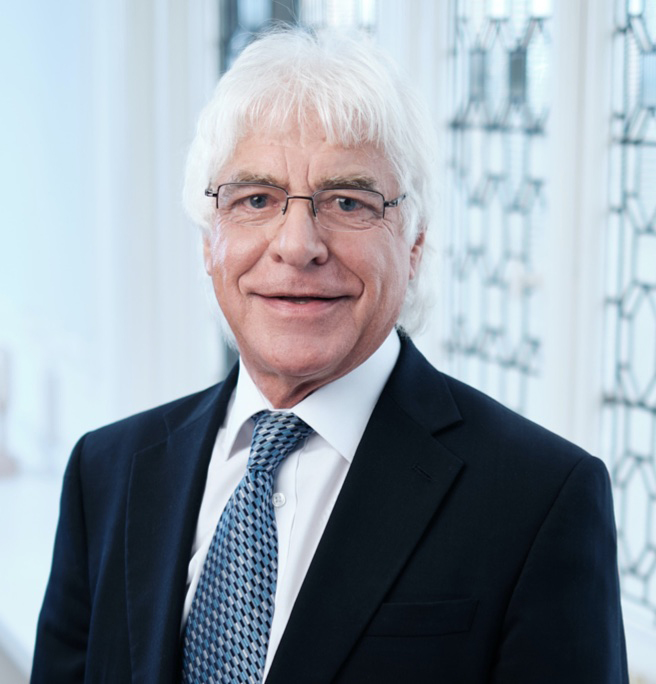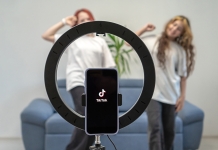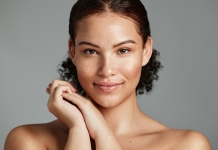Expert Advice: Identifying & treating Alopecia Areata
With the condition in the news following this year's Oscars controversy, Glenn Lyons delves deep into Alopecia Areata and its traits.
 Alopecia Areata (meaning ‘hair loss in areas') is a condition that causes specific spots of baldness to appear randomly on the scalp. These are usually circular, and are often about the size of a coin, although they can be larger.
Alopecia Areata (meaning ‘hair loss in areas') is a condition that causes specific spots of baldness to appear randomly on the scalp. These are usually circular, and are often about the size of a coin, although they can be larger.
Alopecia Areata is widely accepted to be an autoimmune disorder. Alopecia Areata can also affect other areas of the body such as eyebrows, eyelashes and body hair, as well as beard hair in men.
In rare cases, Alopecia Areata can lead to a complete loss of scalp hair (Alopecia Totalis) or a universal loss of hair over the entire body (Alopecia Universalis).
What are the symptoms of Alopecia Areata?
The main diagnostic feature of Alopecia Areata is the presence of bald patches, which are usually circular, and can range in size from a few millimetres to several centimetres or more.
In the active stage, these bald patches are surrounded by little ‘exclamation mark hairs', which are thicker at the top and taper to a thinner end at the root. They are visible to the naked eye, but are best identified by a specialist, such as a Trichologist or GP.
Alopecia Areata causes inflammation at the lower end of the hair follicle but this is not painful, and it is unlikely to be noticeable. However, some people do report itching, tingling or burning in the area preceding the formation of a hair-loss patch.

Alopecia Areata is widely accepted to be an autoimmune disorder, where the body sees certain hair cells as foreign enemies and attacks them. What triggers this response is not entirely understood, but many cases are associated with stress, shock, bereavement, illness, or an accident.
There is also often a genetic predisposition for Alopecia Areata. There are, in fact, many reported cases of Alopecia Areata occurring in twins.
Alopecia Areata is more common in people who suffer from other autoimmune conditions such as eczema, Addison's disease, pernicious anaemia, rheumatoid arthritis, ulcerative colitis, lichen planus, diabetes mellitus, vitiligo, lupus, and thyroid disease.
Will hair grow back?
Alopecia Areata is an unpredictable condition. The good news is that up to 50% of people affected find that their hair grows back spontaneously within a year. However, some do not see an improvement. It is also common for episodes of Alopecia Areata to recur in those who have experienced it.
Rarely, Alopecia Areata may progress to a complete loss of scalp hair (Alopecia Totalis) or a universal loss of hair over the entire body (Alopecia Universalis). In these cases it is, unfortunately, very uncommon to experience a full regrowth of hair.

In up to 50% of cases, Alopecia Areata spontaneously resolves itself within a year.
There are also several treatments available that may help bring about remission and encourage hair to grow back. However, there is currently no cure for Alopecia Areata and symptoms can recur. Unfortunately, it is not possible to predict when or where this will happen.
The treatments listed below can have good success rates but, with such an unpredictable condition, we can never guarantee results. Our Trichologists discuss all the options with our clients before deciding on a course of action.
Ultra-violet Rays
UV treatment, or phototherapy, works by increasing inflammation at the affected site, in the hope that this will trick the body into recognising hair follicles as ‘friendly' cells so it stops attacking them.
At Philip Kingsley, the use of UV rays is carefully monitored by a Trichologist and is given in safe, small doses, which are far lower than clients would experience, for example, by visiting a sun-bed. Only a limited number of UV treatments can be administered per person over a lifetime, and we stay well within these boundaries.
Stress Management
Alopecia Areata is linked to stress. At Philip Kingsley, we take a holistic approach to hair care and we consider stress management an important part of any Alopecia Areata treatment plan. During Consultations, our Trichologists are happy to discuss hair-healthy lifestyle choices with our clients.
Steroids
Steroids work by decreasing inflammation and reducing the activity of the immune system to stop it attacking the hair follicles. Steroids can be used to help treat Alopecia Areata either through injections, or creams and gels that are applied topically to the skin. We do not offer this treatment at Philip Kingsley, but our Trichologists are happy to discuss all options with our clients.
Corticosteroid Injections
Corticosteroid injections are administered by a GP or dermatologist every few weeks and can be used to treat bald areas on the scalp, eyebrows and body. They work by suppressing the body's immune system, so that it no longer attacks the hair follicles. Side effects may include pain at the injection site and thinning of the skin.
Topical corticosteroids
Topical corticosteroids (creams and gels applied to the skin) work in the same way as steroid injections, but they are neither as strong, nor as targeted. These creams and gels are available on prescription from a GP (weaker strengths are available over-the-counter, but Philip Kingsley Trichologists do not recommend you use them without consulting a doctor). They are applied daily to the affected scalp areas. Topical creams and gels include betamethasone, hydrocortisone and mometasone. Side effects may include acne and thinning of the skin.
Glenn Lyons is Clinical Director at Philip Kingsley Trichological Clinic, award-winning hair and scalp care specialists with clinics in London and New York.





